Part Analysis
| General Data | |
| Manufacturer (OEM) | FSP |
| PCB Type | Double-Sided |
| –Primary Side | |
| Transient Filter | 4x Y caps, 2x X caps, 2x CM chokes, 1x MOV |
| Inrush Protection | NTC Thermistor & Relay |
| Bridge Rectifier(s) |
2x HY Electronic GBJ2508L (800V, 25A @ 100°C)
|
| APFC MOSFETs |
2x GP36S60YERD
|
| APFC Boost Diode |
1x DSC08C065 (650V, 8A @ 25°C)
|
| Bulk Cap(s) |
2x Elite (420V, 390uF each or 780uF combined, 2000h @ 105°C, PL(M))
|
| Main Switchers |
2x ROHM Semiconductor R6035VNX3 (600V, 35A @ 25°C, Rds(on): 0.119Ohm)
|
|
IC Driver |
Novosense NSI6602 |
| APFC Controller |
Champion CM6500UNX
|
| Resonant Controller | Champion CM6901X |
| Topology |
Primary side: APFC, Half-Bridge & LLC Resonant Converter
Secondary side: [12V] Synchronous Rectification & [Minor Rails] DC-DC converters |
| Secondary Side | |
| +12V MOSFETs | 6x Infineon BSC014N04LS (40V, 145A @ 100°C, Rds(on): 1.4mOhm) |
| 5V & 3.3V | DC-DC Converters: 4x Nexperia PSMN3RO-30YLD (30V, 100A @ 25°C, Rds(on): 3.1mOhm) PWM Controller(s): ANPEC APW7159C |
| Filtering Capacitors | Electrolytic: 1x Rubycon (6-10,000 @ 105°C, ZLH) 3x Elite (2,000 @ 105°C, EL) 2x Elite (2-5,000 @ 105°C, ED) 1x Elite (4-10,000 @ 105°C, EY) 1x Elite (3-6,000 @ 105°C, EV) Polymer: 19x Apaq, 8 Elite (CS), 9x Biostar |
| Supervisor IC | IN1S4241-SDG (OCP, OVP, UVP, SCP, PG) |
| Fan Controller | Grenergy GR8031 |
| Fan Model | BQ QF2-12025-HS (120mm, 12V, 0.30A, Rifle Bearing Fan) |
| 5VSB Circuit | |
| Synchronous Rectification Driver |
Leadtrend LD8926AA13 Synchronous Rectification IC
|
The OEM is FSP, which has a good cooperation with be quiet! all these years. The platform will most likely be used only by be quiet! products, meaning that you won’t find it under another brand’s label. The relatively small PCB has ample space between parts for good airflow, so the fan doesn’t have to spin at high speeds to remove the heat from the internals. The heatsinks are also large enough to help remove heat without requiring increased airflow. The overall build quality is high, and FSP used good, yet not overly expensive, parts, including Elite caps, to keep production costs under control.
On the primary side, we find the typical staff: an APFC converter, a half-bridge topology, and an LLC resonant converter for the primary and the 12V FETs. On the secondary side, a synchronous rectification scheme and a pair of VRMs are used for the generation of the minor rails. Moreover, the fan utilizes a dedicated can controller, which enables it to spin at very low speeds, thereby keeping the noise output low.
The transient filtering stage contains all the necessary components to block both incoming and outgoing EMI emissions. Typically, it starts at the AC receptacle and continues on the main PCB.
There is an MOV to protect from voltage surges and an NTC thermistor. Moreover, a bypass relay supports the NTC thermistor.
The two GBJ2508L parallel bridge rectifiers can handle up to 50A together.
The APFC converter uses two GP36S60YERD FETs and one DSC08C065 boost diode. Elite manufactures the bulk capacitors. Their combined capacity is 780 μF, and they are rated for 2,000 hours at 105 °C. Their voltage rating is high enough at 420V. Remember the APFC’s DC bus voltage is approximately 380V DC.
The APFC controller is a Champion CM6500UNX.
The two ROHM Semiconductor R6035VNX3 primary switching FETs are installed in a half-bridge topology, and an LLC resonant converter is utilized to achieve higher efficiency.
The LLC resonant controller is a Champion CM6901X.
The PSU’s main transformer. One of its main functions is to electrically isolate the primary and secondary sides.
Six Infineon BSC014N04LS FETs regulate the 12V rail. They are installed on the solder (rear) side of the main PCB.
Two DC-DC converters generate the minor rails. They use four Nexperia PSMN3RO-30YLD FETs. The PWM controller is an ANPEC APW7159C.
Besides a single Rubycon, all other electrolytic caps are by Elite. The polymer caps are by Apaq, Elite, and Biostar.
You can find more information about capacitor performance and other specs below:
The standby PWM controller is a LeadTrend LD8926AA13.
Several polymer caps at the face of the modular panel form an extra ripple-filtering layer.
The soldering quality is generally good.
The supervisor IC is an IN1S4241-SDG.
The cooling fan is a BQ QF2-12025-HS, utilizing a rifle bearing. The dedicated controller enables easy adjustment of the fan’s speed profile, allowing it also to spin at low speeds.
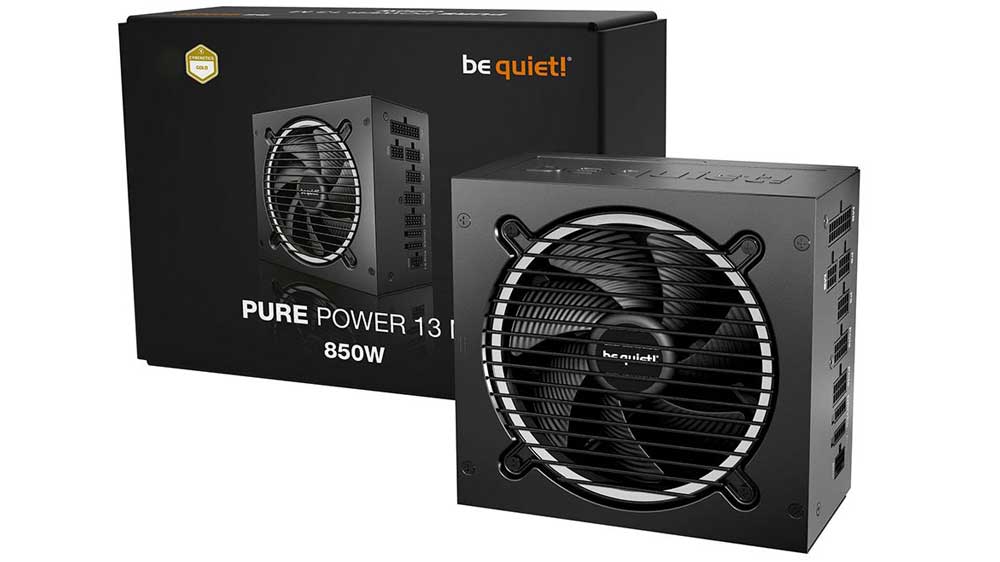
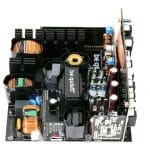
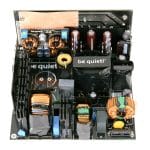

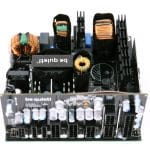
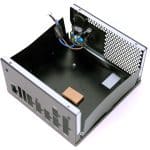
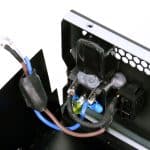
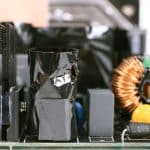
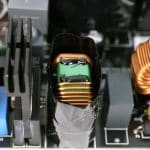
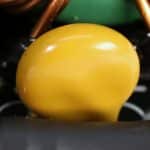
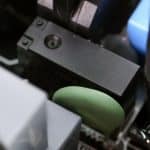
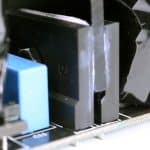
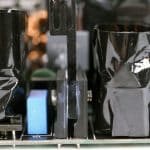
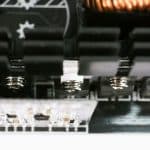
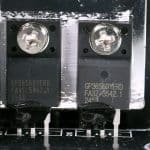
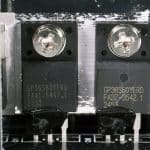
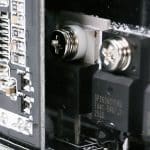
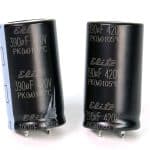
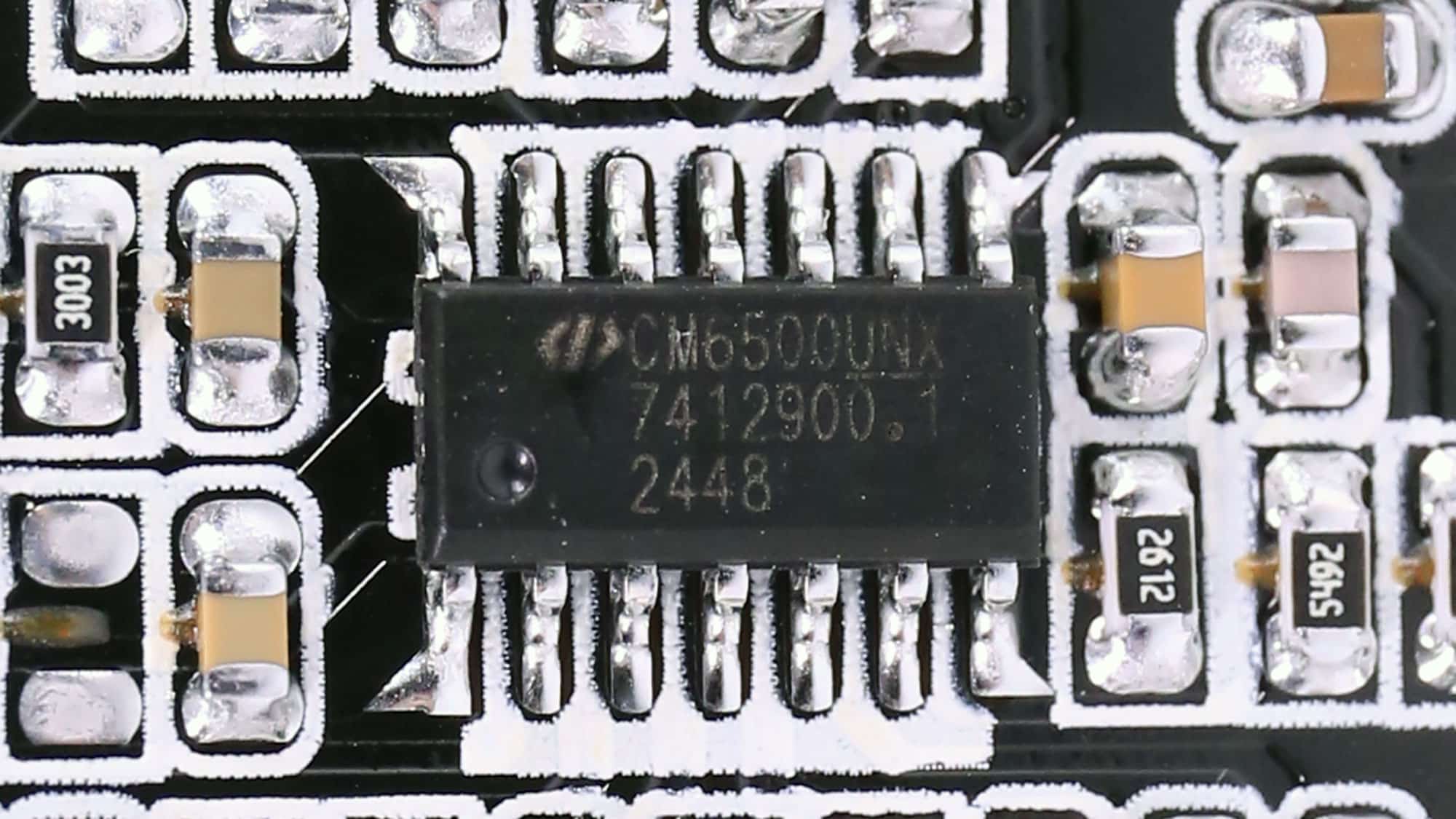
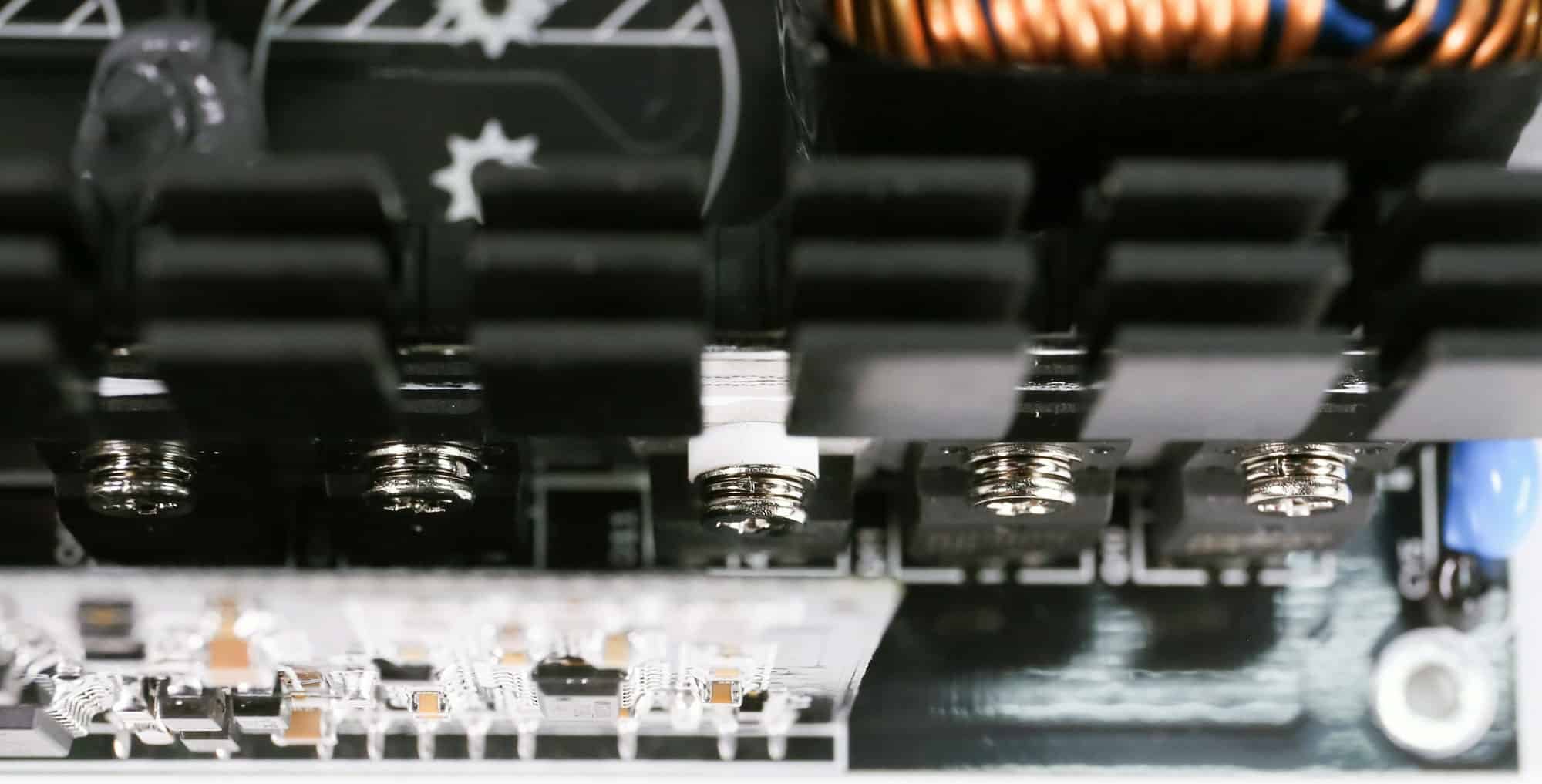
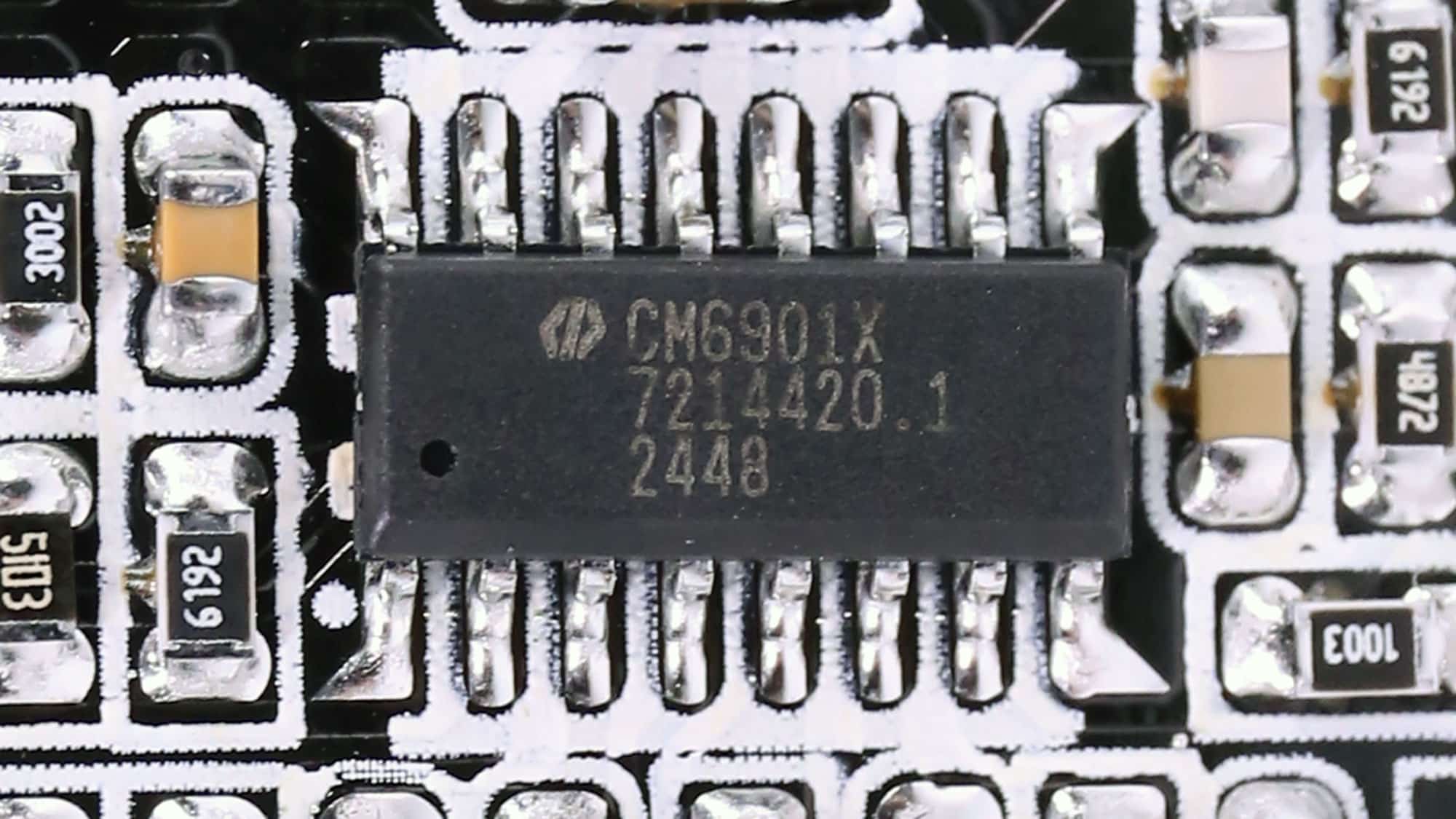
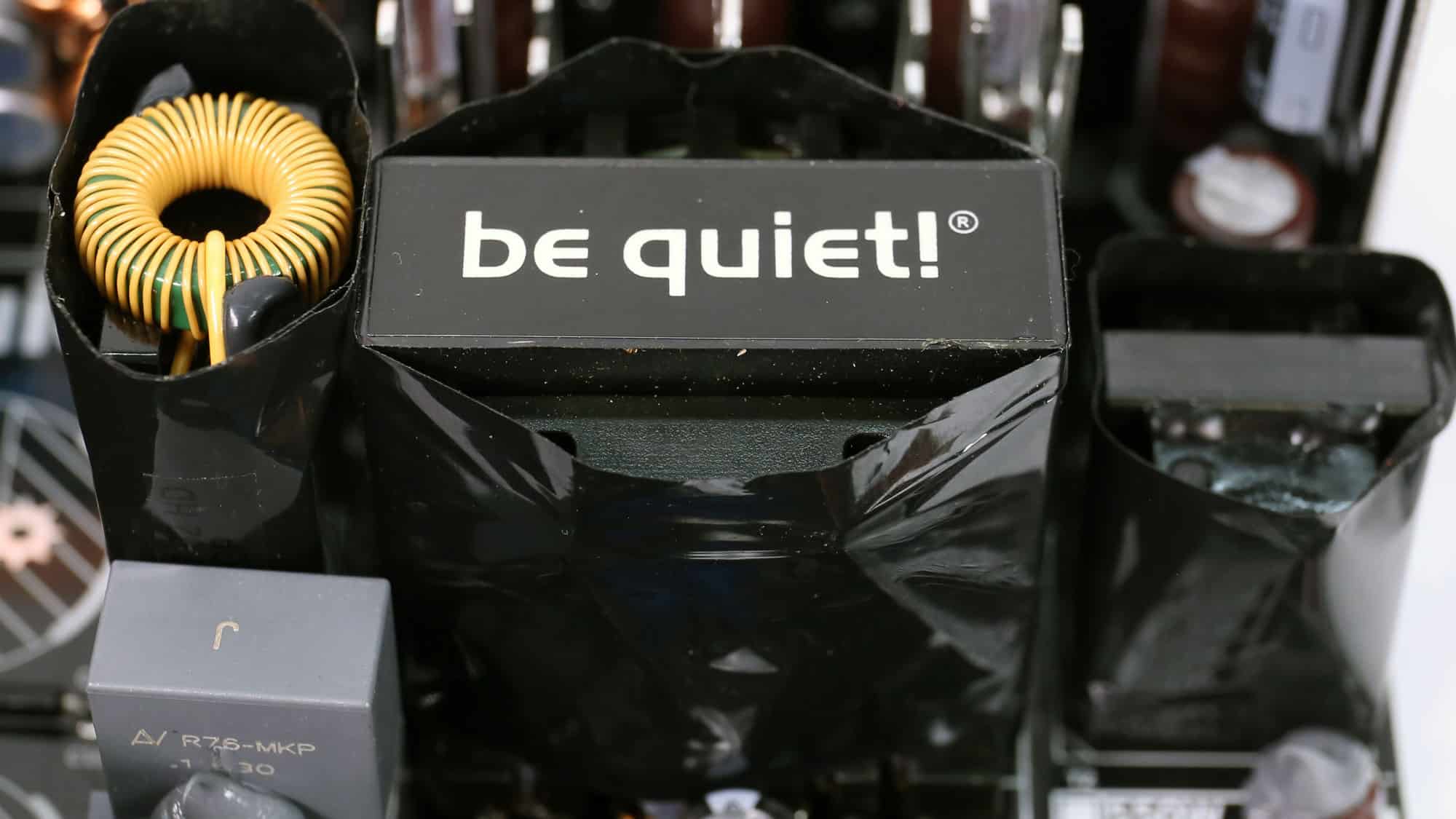
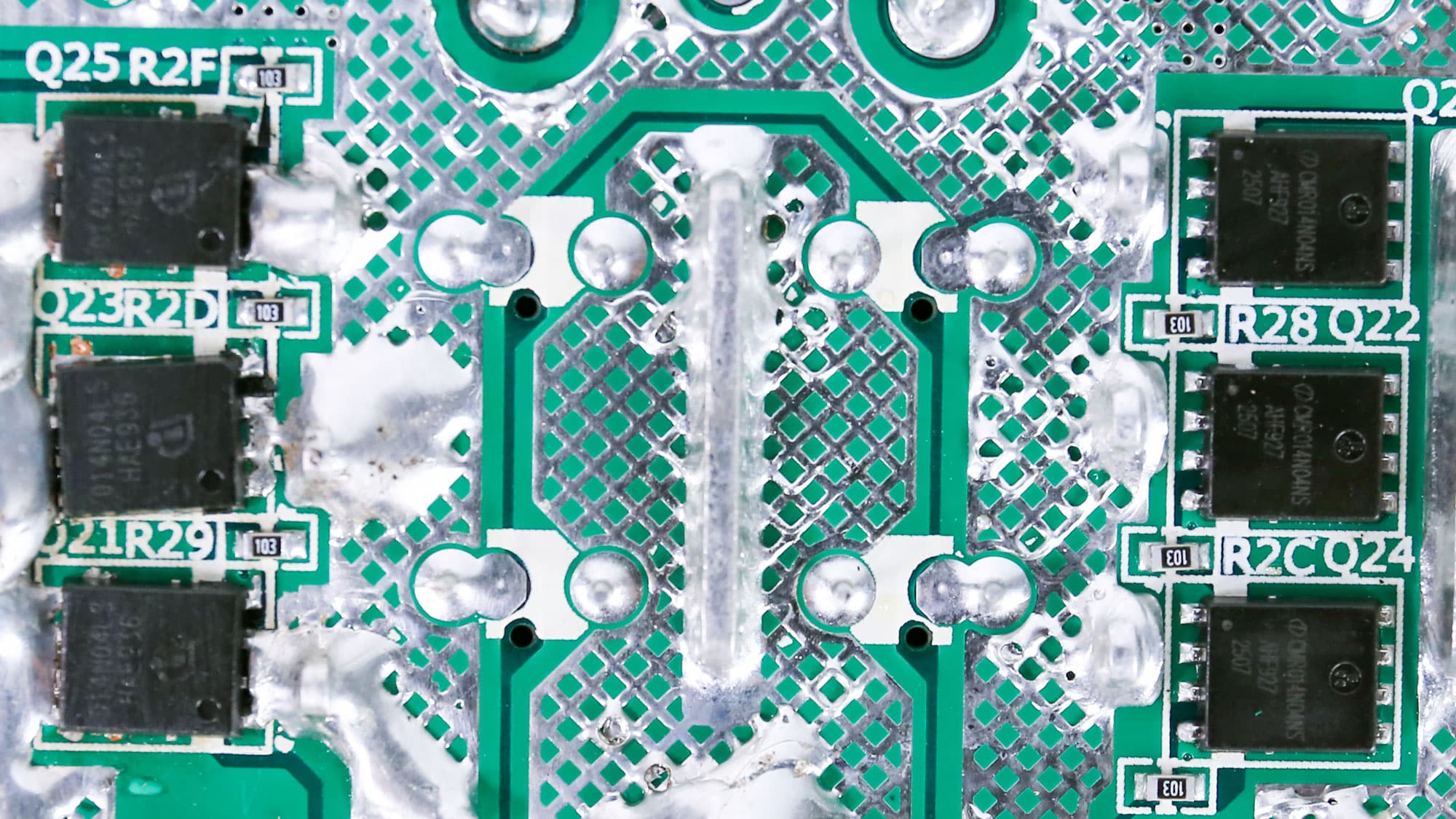
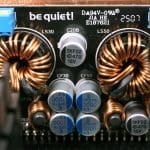
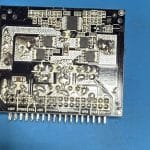
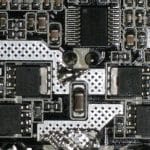
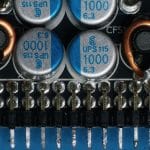
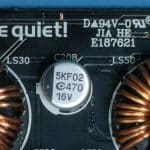
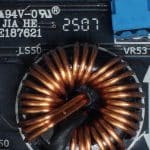
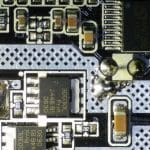
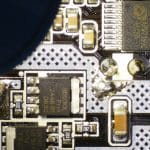
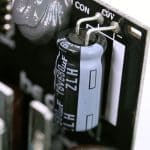
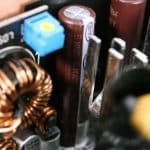
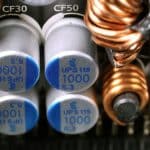
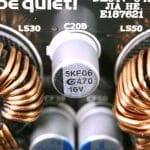

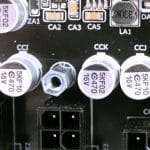
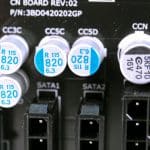
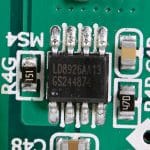
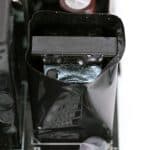
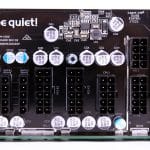

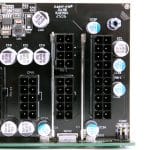
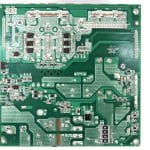
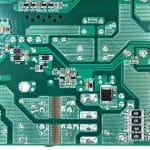
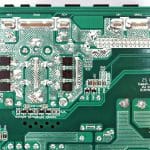

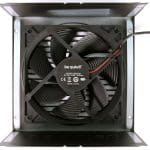
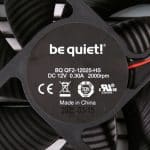
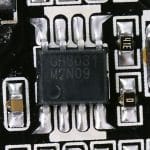
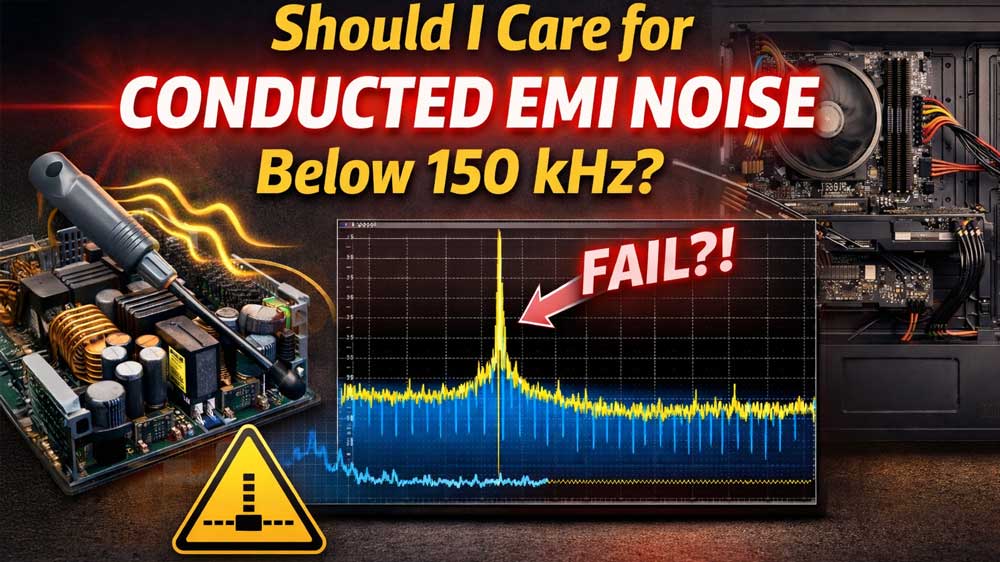
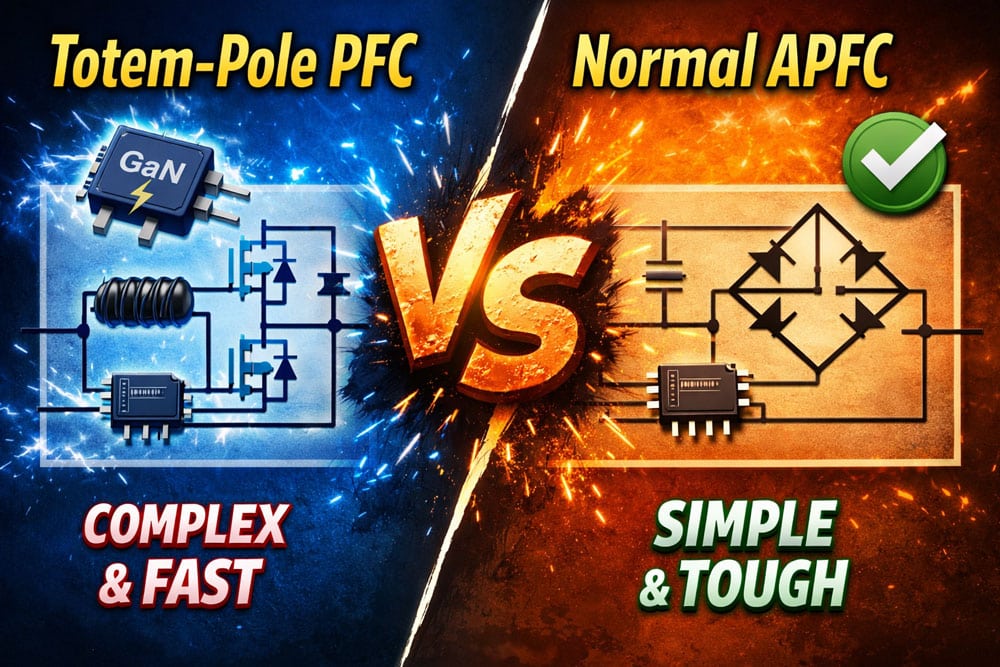
Hola en las contras pones …
No se necesitan más de 30 A en el riel de 3,3 V (reduzca el punto de activación de OCP correspondiente)
Eso se pued controlar o es solo un comentario…y si se puede como lo podría hacer?, gracias…
The 3.3V rail doesn’t need to be such strong. Contrary to the 5V rail which is heavily utilized by ARGB, among others
I have see reports of units wiht 85C and 105C caps. Do you know what is up with that?
Hi Ari!
I’m looking into a new PSU because of a GPU upgrade. Would you recommend this over the NZXT C850? In my country, they are the same price.
Best regards
It is a very good and newer platform than the NZXT, so I would give it a try.
Cheers, thanks for the reply. I think I’ll go for the ‘be quiet!’ then.
Thank you for the review Ari! Looking forward 550w version of the Pure Power 13M if you can review it in near future. It costs 101,90€ in Europe and probably the best offering at that price range with 10yr warranty for a low power high quality PSU.
I´m coming from Seasonic G-360 (360w) 80 Plus Gold which i bought 1/2015, but for the new system could be wise to change it even though G360 is high quality PSU that in test bench put out 450w before shut down and had high efficiency (90,7% 50% / 88.3% 20%), Japanese 105°C capacitors, very silent ADDA fan etc. I might still get +/- 5 extra years out of this, but if it kills other parts when dying then it gets expensive. I´m hoping to get similar quality for new PSU (reliable, silent, efficient) and don´t need high power version due to opting for modest 6C/12T CPU (65w TDP) and using old GTX 1060 3GB GPU for random gaming, internet and HTPC use. Unless you say to me that i should keep the current one as long it lasts?
I will do it in time. I will review the entire line, I just take it in order of Wattage.
Hi, Which one would you recommend at 850 watts? The corsair rm850x or the be quiet! pure power 13m? I would love to hear your opinion on which one would be a better option! The pricing is the exact same where I live.
Tough choice. Both are very good. I really cannot tell; it’s down to what you want more. I like the Corsair RMx series a lot; it’s among my favorite choices for builds. However, the Pure Power 13m is dead silent, which is not to say the RMx is noisy. Having the same price doesn’t help LOL
Hello, so there is actually no actual difference between both except the noise and sleeved cables (rm850x has them)? In my country the pure power 13 M 850W is like 50 euros cheaper.